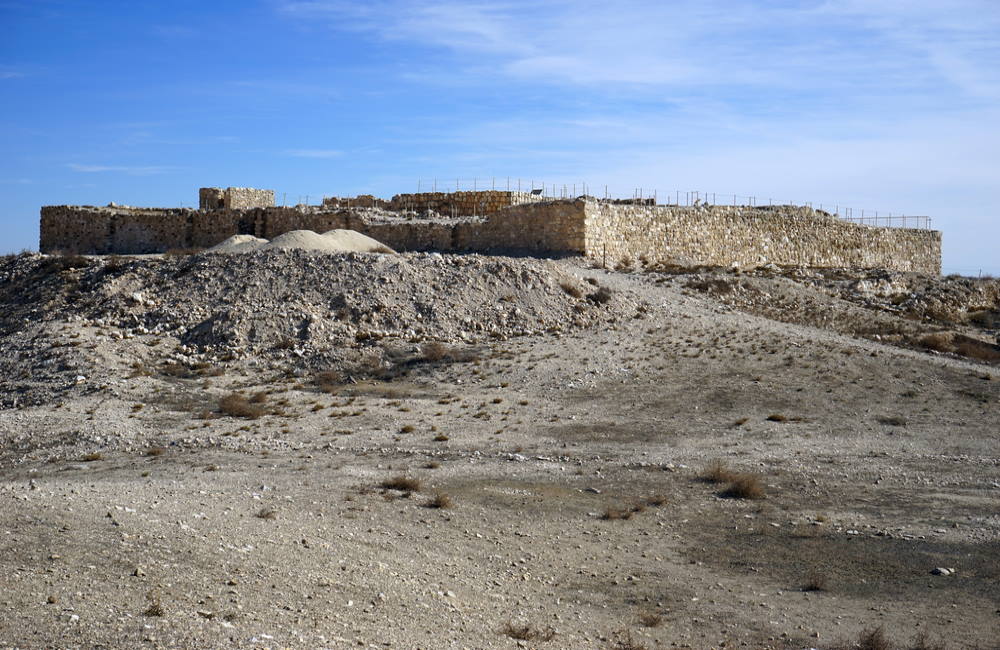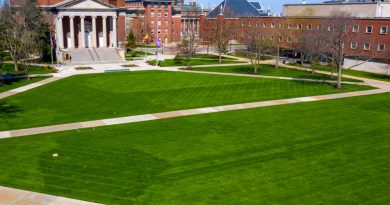Marijuana History: Israelites Used Cannabis In Ancient Rituals
Not long ago, scientists discovered what might be traces of marijuana in William Shakespeare’s pipe and particles of cannabis in the air at the Parthenon and Colosseum in Rome. But a new study has discovered cannabis in ancient rituals much, much farther back in time.
In a recent study published in the Journal of the Institute of Archaeology of Tel Aviv University, researchers reported finding “unidentified dark material” at the top of two limestone monoliths at the Judahite shrine at Tel Arad, which is west of the Dead Sea in modern day Israeli.
They had the material tested in two, unrelated labs. Both found traces of frankincense. Both also found residue of THC, CBD and other chemical compounds found in cannabis. They also found “an assortment of terpenes and terpenoids, suggesting that cannabis inflorescences had been burnt on it.”
The temple is part of a find unearthed in the 1960s. The altars are from a shine that is about 2,700 years old.
Two Altars, Two Substances
Why would a culture from almost three thousand years ago burn cannabis? Archeologists suspect it was part of a religious ritual at Tel Arad, which is in the Negev desert. During that time, known as the First Temple Era, Tel Arad stood as part of a hilltop fortress that guarded the southern frontier of the Kingdom of Judah, according to Haaretz.
Researchers found that the shallow depressions on the two limestone altars contained different substances. In one, frankincense had been combined with animal fat, likely to help with evaporation. In the other, cannabis was combined with animal dung, likely to enable mild heating.
The altar with frankincense stood 52 centimeters high, while the one with cannabis stood 40 centimeters high.
Why Israelis Used Cannabis
As the researchers noted, “Frankincense is well-known as one of the key components of biblical incense.” But what about the marijuana? Researchers speculate that ancient Israelis used cannabis in ancient rituals for the most obvious reason: it helped put worshippers into a euphoric state.
In an interview with Haaretz, researchers at the lab that identified the substances said they were surprised when they found cannabis. This is apparently the first discovery of the use of marijuana in the First Temple Era.
They also noted that the worshippers at the time knew what they were doing. The animal fat heated the frankincense to just the right temperature for evaporation. But they could not use animal fat with cannabis. They needed a lower heat, and instead used animal dung.
“To induce a high you need the right temperature, and they clearly knew this well, just as they knew which fuel to use for each substance,” said Dvory Namdar, a chemist and archaeologist from the Volcani Center Agricultural Research Organization.
The people of Tel Avad likely did not grow their own cannabis or frankincense. Instead, researchers believe they imported them at great cost. They likely engaged in trade with the Assyrian empire, at least for frankincense. The source of the cannabis remains less clear.




